Kogi State is located in the North Central region of Nigeria, and it is the only state in the country to share borders with ten other states. It is bordered to the east by the states of Ekiti and Kwara; to the north by the Federal Capital Territory; to the northeast by Nasarawa State; to the northwest by Niger State; to the southwest by the states of Edo and Ondo; to the southeast by the states of Anambra and Enugu; and to the west by Benue.
Kogi, which is the Hausa name for the river, was created on August 27, 1991. Thus, the state is said to have been created from portions of Benue, Niger, and the Kwara States. Due to the fact that the confluence of the rivers Niger and Benue is located close to the state’s capital, Lokoja, it is known as the “Confluence State.”
According to research, the Ebira, Gbagyi, and Nupe (mostly the Bassa Nge, Kakanda, and Kupa subgroups) have lived in Kogi State for many years, as having the Agatu, Basa-Komo, Idoma, Igala, and Igbo in the east, and the Yoruba (primarily the Okun, Ogori, Oworo, and Magongo subgroups) in the west. Kogi has a diversified religious population, with roughly 40% of the people being Christians, 45% of them Muslims, and the remaining 15% practising traditional ethnic religions.
With an estimated 4.5 million residents as of 2016, Kogi is the 20th most populated and thirteenth largest in terms of area out of Nigeria’s 36 states. The nation is a part of the tropical Guinean mosaic forest-savanna ecoregion. The major rivers, the Niger coming from the northwest and the Benue from the northeast, before they meet in the middle of Kogi and divide the state in half from north to south, are significant geographical features.
In this piece, Naijabiography explores the history and culture of the Kogi people, as well as their economic system, trades, and modern-day system.

History
The territory that is now Kogi State was divided up into states in the pre-colonial era; some of these states were small and village-based, while others were part of larger empires. One such state was the Nupe Kingdom, which controlled a large portion of what is now western Kogi State until the Fulani jihad annexed the kingdom and subjugated the region to the Sokoto Caliphate in the early 1800s. British expeditions occupied the region from 1900 and 1910, which they included in the Northern Nigeria Protectorate, whose capital was Lokoja until 1903.
Before becoming an independent nation like Nigeria in 1960, the protectorate was later amalgamated into British Nigeria. Up until 1967, when the Northern Region was divided into the North-Western State, Kwara State, and Benue-Plateau State, the present-day Kogi State was originally a part of that region. In 1976, Benue-Plateau and the North-Western states were divided, and Kwara and what is now Kogi was included in the newly formed Benue and Niger states. The new Kogi State was created by splitting off portions of western Benue State, southeast Kwara State, and far southern Niger State.
In 1991, the state was formed from portions of Benue and Kwara States. The state’s dominant ethnic group is Igala. As it stands, the state is made up of residents of Northern Nigeria’s Kabba Province. Faruk Imam was one of the earliest Qadi in Kogi State.
Furthermore, Igala, Ebira, and Okun (a Yoruba group) are the three main ethnic groups and languages in Kogi. Other groups include the Bassa Nge of Bassa Local Government Area, Kupa and Kakanda speakers under Lokoja L.G.A., Bassa-Komo, also in Bassa Local Government Area, Oworo people (a Yoruba group), Igbo, Ogori Magongo, and Idoma.
The birth of Kogi state from Kwara and Benue was, according to history, a reunion of people who shared a common history and had co-existed as one polity for a period of over seven decades before being severed by the 1976 state creation exercise.
When the state was founded on August 27, 1991, under the leadership of former President Ibrahim Babangida, it aimed to position the state on the verge of fast socio-economic development. However, the region that presently makes up Kogi State was once part of the colonial Kabba Province and had been neglected since independence.
Therefore, the desire for the region to experience rapid socioeconomic development was the driving force behind the Babangida government’s decision to combine Kwara and Benue to form a new state in 1991, along with eight other states, reuniting families that had been split up during the 1976 exercise to create new states.
The colonial administrative centre of Nigeria, Lokoja, now serves as the state capital. It is a long-established historical town. The town of Lokoja is located on the flank of the Mount Patti group of hills. As the settlement grows, it descends the horizon and encroaches upon the valley of the Niger River.
The Tairona civilisation, which flourished before the Spanish conquest, is where the Kogi are descended from. The Tairona were a highly developed culture that erected numerous stone structures and forest paths. They crafted numerous gold items that they hung from trees and wore around their necks. They led similar lives to those of contemporary Kogi.
The Tairona were compelled to relocate to the highlands before the Spanish conquistadors came by the Carib invasion in the year 1000 CE. By the time the Spanish arrived in what is now modern-day Colombia in the 15th century, the choice to flee to the mountains had proven advantageous and strategic.
Later, missionaries arrived and started to affect their way of life as well. They built churches and chapels throughout their communities to instruct and convert the natives. The Kogi have remained in their mountain home over the years, which has allowed them to avoid the worst consequences of colonization and let them maintain their ancient way of life. Also, it is worthy of note that the Kogi language belongs to the Chibchan family.
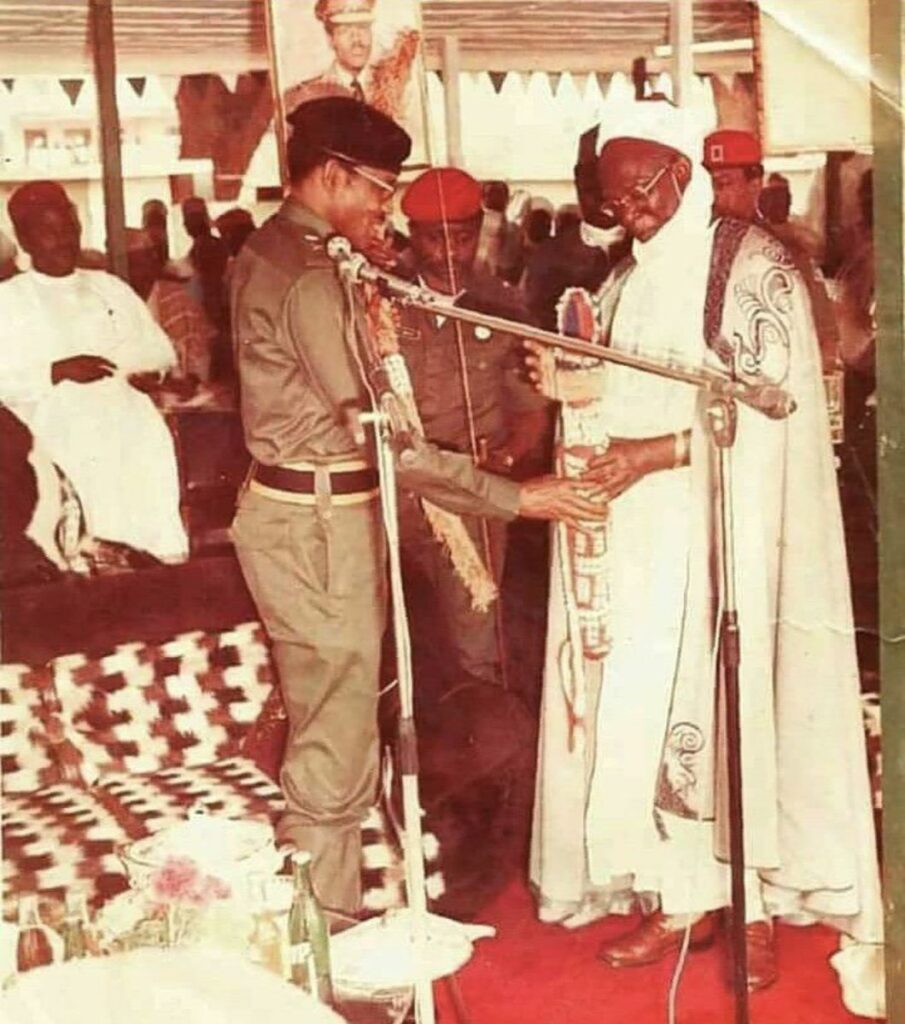
The trade and economy of the Kogi people
The backbone of the economy of the Kogi people is agriculture. In particular, coffee, cocoa, palm oil, cashews, groundnuts, maize, cassava, yam, rice, and melon are among the state’s agricultural products. In addition, coal, limestone, iron, crude oil, and tin are examples of mineral resources.
The state is home to one of the largest cement mills in Africa, the Obajana Cement Factory, as well as the largest iron and steel business in Nigeria, known as Ajaokuta Steel Company Limited. The state capital of Lokoja, on the Agbaja Plateau, is where the largest known iron ore deposit in Nigeria is located. Jakura, which is 20 miles (32 km) northwest of Lokoja, features a lime processing factory in addition to marble quarries.
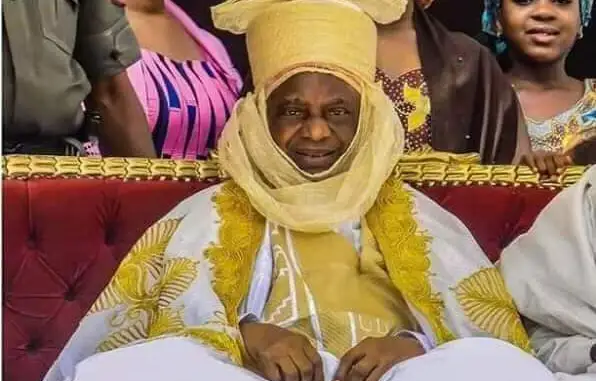
The Kogi Tradition
Kogi’s culture is characterized by a variety of traits. For instance, every Kogi man receives a “poporo” when he reaches manhood. A small, hollow gourd known as a “poporo” is filled with “lima,” a powder created by burning and crushing shells to create lime.
However, the guys also engage in a habit used by many indigenous groups to stay connected to the natural world—constantly chewing coca leaves. The lime powder in their poporos, which they extract with a stick, is sucked on as they chew the coca leaves. They then press the combination over the gourd with the stick to create a crust or hardened coating. The Kogi man’s age and level of maturity affect how thick this layer is.
Thus, women sling traditional bags across their shoulders. The bags can only be woven by women. Many items carried in a bag are private and only known by the owner. Sacred traditional artefacts are contained in the bags that Mamos carry. When two Kogi men cross paths, they welcome one another by exchanging handfuls of coca.
Both Kogi men and women wear straightforward clothing. While males handle the fabric weaving, women pick, card, and spin wool and cotton. Men’s clothing consists of a tunic and plain pants that are fastened at the waist with a string. For women’s clothing, a single piece of fabric is wrapped around their bodies to form a dress. All Kogi is dressed entirely in white. According to legend, white stands for the Great Mother and thus for the purity of nature.
The Kogi are people who inhabit a group of settlements known as Kuibolos that are built up of circular homes made of stone, mud, and palm leaves. Men live apart from women and children in their own hut. Every town has a sizable structure known as a “nuhue,” or temple, into which only men are admitted.
Many issues are discussed and decisions are made in the “nuhue.” In these temples, concentration and divination both take place. Women are not admitted because, according to the Kogi, they are closer to the Great Mother and don’t require an entry. In the villages, there are also female priests.
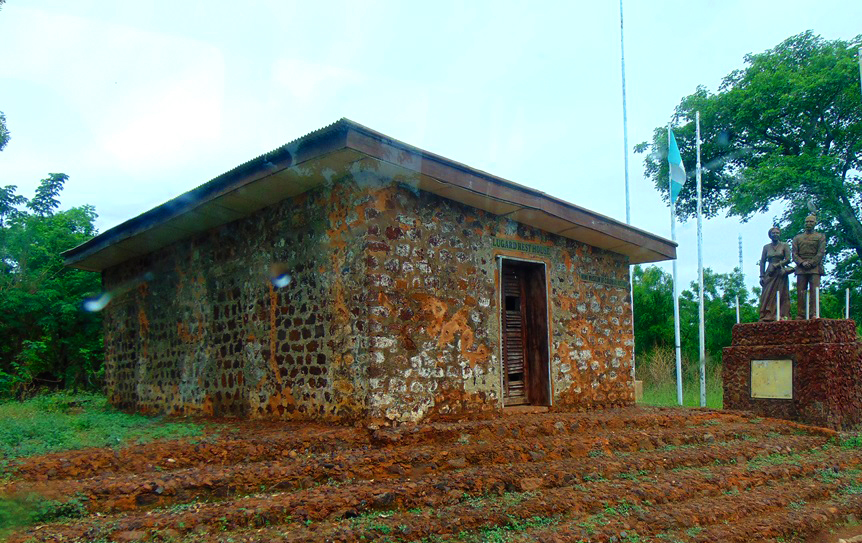
Religious Beliefs
The Kogi’s way of life is based on their reverence for “Aluna,” also known as “The Great Mother,” whom they see as the power behind everything in nature. The Kogi believe that the Earth is alive and regard us as her “children.” They claim that our deeds of resource exploitation, destruction, and looting are weakening “The Great Mother” and causing our demise.
The Kogi people, like many other indigenous tribes, revere a sacred peak they name “Gonawindua,” also known as Pico Cristóbal Colón. They consider themselves to be the “Elder Brothers” who look after this mountain, which they refer to as “The Heart of the World.” Additionally, they claim that the “younger brothers” who were long ago banished from the Heart of the World are the outside civilization.
The Kogi attune people of their society known as Mamos (which in Kogi means sun) for direction, healing, and leadership from birth. The Mamos should not be mistaken for shamans or healers; instead, one should think of them as tribal priests who play important roles in Kogi society. Mamos gets rigorous training before assuming this position.
For the first nine years of their lives, selected male infants are taken from their mothers and placed in dark caves to begin their training. Before the boy leaves the cave and enters the outer world, the elder Mamos and the child’s mother tend to, feed, discipline, and teach the lad to attune to “Aluna.”

The Mamos believe they contribute to the world’s harmony and creativity through focused prayer, symbolic offerings, and divination. The essence of agriculture is also fostered in this world: before planting, seeds are blessed in Aluna to ensure they grow successfully; marriages are blessed to ensure fertility, and ceremonies are offered to the various spirits of the natural world before undertaking tasks like harvesting and constructing new huts.
Since the arrival of the Spanish Conquistadors, the Kogi Mamos have remained cut off from the outside world. They rarely communicate with people from other civilizations or from the modern world in order to maintain their traditional way of life. Inside their ancestral grounds, outsiders are not permitted.
However, Kogi has a diversified religious population, with roughly 40% of the people being Christians, 45% of them Muslims, and the remaining 15% practising traditional ethnic religions.
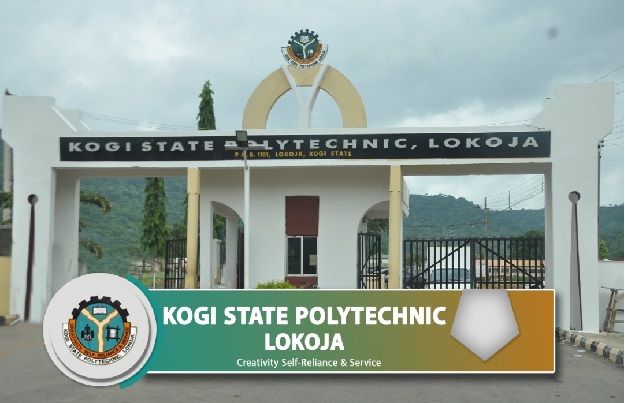
Modern-Day Kogi
The Federal Capital Territory and 22 southern states are connected by Kogi State. In addition, Abuja International Airport acts as the state’s national and international air gateway due to its proximity to the federal capital area. There are excellent telecommunications services in the state.
Kogi state is home to the Federal University (Lokoja), Kogi State University, Anyigba, Confluence University of Science and Technology, Osara, Federal Polytechnic Idah, Kogi State Polytechnic, Lokoja, Federal College of Education, Okene, College of Education, Ankpa, College of Agriculture Kabba, Kogi State College of Education, Technical (Kabba) and the Private Salem University, Lokoja.
Meanwhile, there is a college of nursing and midwifery in Anyigba and Obangede, a school of health technology in Idah, and ECWA School of Nursing in Egbe.
Sprinters like Sunday Bada and other athletes from Kogi State have helped the growth of sports all over the world. The state is home to the football teams Kogi United and Babanawa F.C. The state aggressively promotes other sports like swimming, handball, and table tennis.
Since the restoration of democracy in 1999, Kogi State has always been represented in the Senate by three senators, one from each of Kogi East, Kogi West, and Kogi Central.
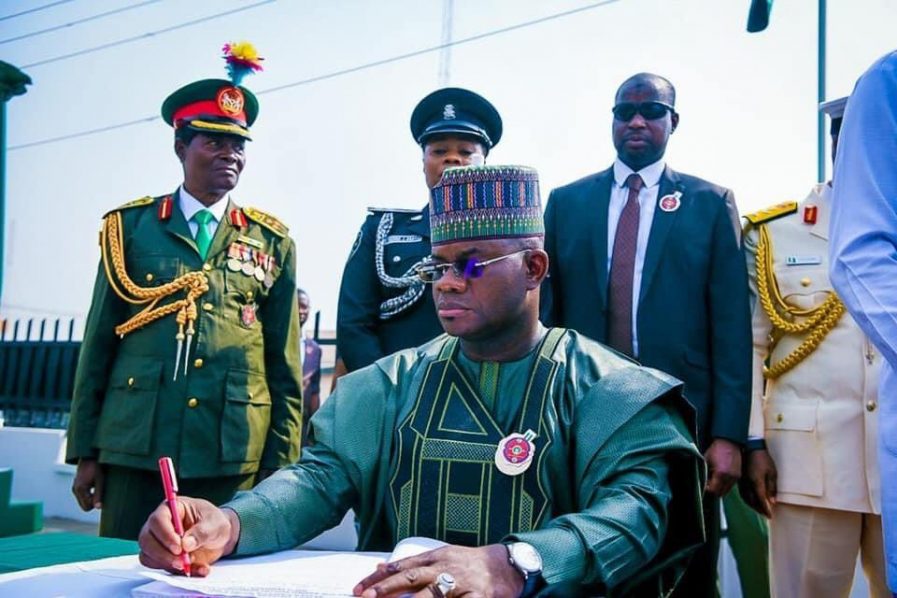
The confluence of the Rivers Niger and Benue, Mount Patti, the World War Cenotaph, Ogidi (an African town with formations of Igneous Rock mountains and a traditional art and craft industry), and natural land features such as hills and terrains that serve as hiking trails are some of the tourist attractions in Kogi State.
Some of the notable personalities of Kogi State in the society include Halima Abubakar, a Nollywood Actress, Yahaya Bello, Governor of Kogi State (2016 till date), Ibrahim Idris, former governor of the state (2003-2011), Mercy Johnson, Nollywood Actress, and Dino Melaye, former Senator from Kogi West.

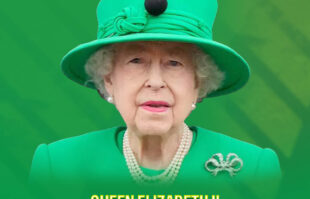
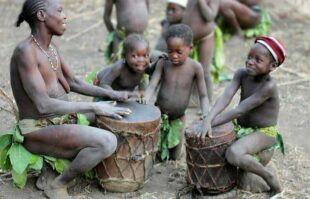
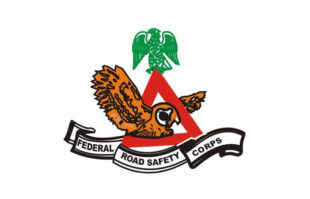

Comments
Adejoh
2 years agoThe history is very clear and obvious